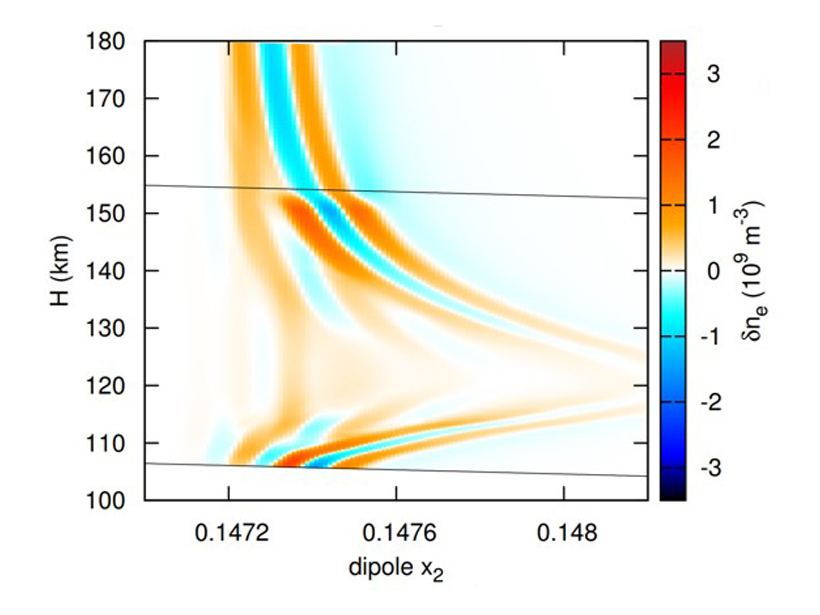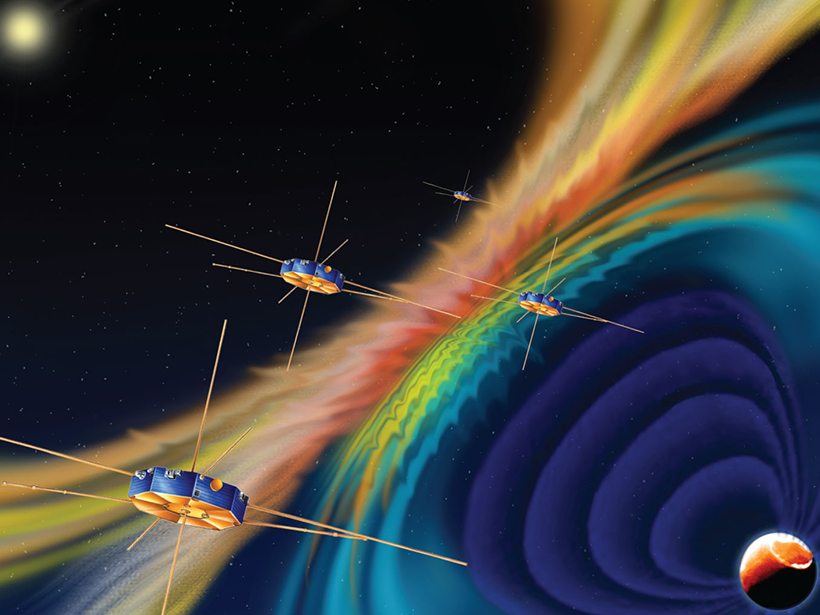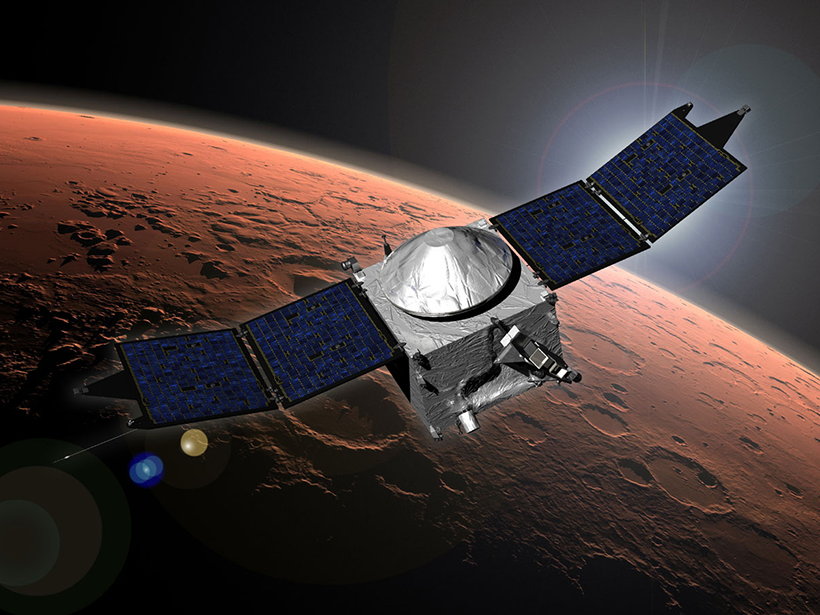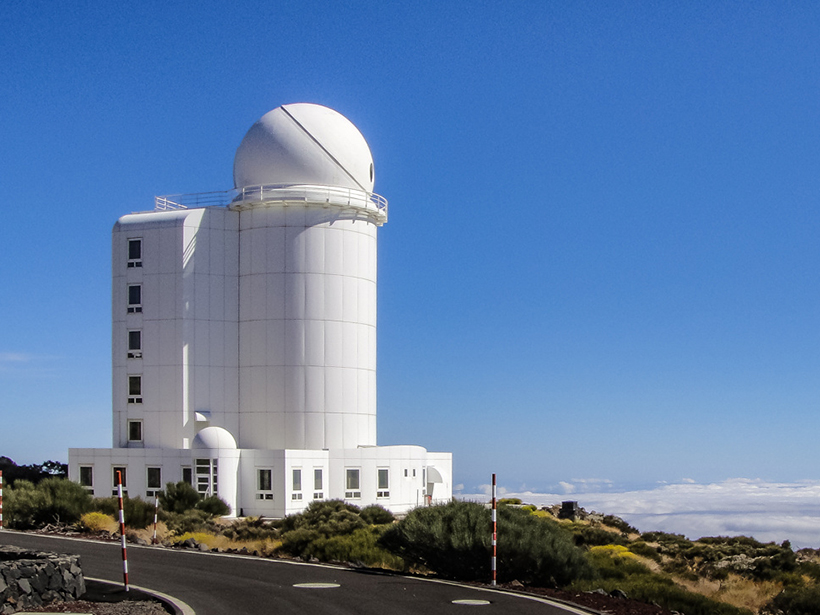Most boundaries in space are governed by magnetic fields, but not far behind the Earth, where the field change across the magnetopause plays very little role in the pressure balance relationship.
plasmas
Mary K. Hudson Receives 2017 John Adam Fleming Medal
Mary K. Hudson was awarded the 2017 John Adam Fleming Medal at the American Geophysical Union Fall Meeting Honors Ceremony, held on 13 December 2017 in New Orleans, La. The medal is for “original research and technical leadership in geomagnetism, atmospheric electricity, aeronomy, space physics, and/or related sciences.”
New Insight into Ionospheric Feedback Instability
A new modeling effort could change our understanding of auroral arc formation.
Jets of Ionospheric Cold Plasma Discovered at the Magnetopause
The lower-energy particles may play a larger role in magnetic reconnection than previously believed, influencing space weather near Earth.
How Earth’s Outer Radiation Belts Lose Their Electrons
A new analysis of three space storms reveals the mechanisms of particle loss from the Van Allen belts.
Angles of Plasma Ropes near Mars Point to Different Origins
Variation in the orientation of flux rope features in Mars’s magnetotail suggests that some of them form on the planet’s Sun-facing side and travel to the night side.
New Findings from Old Data
Recalibrated and reanalyzed data from the Voyager flybys of Jupiter 40 years ago, presented in a series of papers in JGR: Space Physics, show the value of archival data.
Observing Mercury’s Brilliant Flares from Earth
Researchers make the first short-term observation of sodium flares in Mercury’s exosphere.
Auroras May Explain an Anomaly in Earth’s Ionosphere
A new study finds that the ionospheric anomaly over the Weddell Sea is likely influenced by proximity to auroral energy input, rather than by tilting magnetic fields.
Hubble Reveals Less Studied Regions of Jupiter’s Auroras
With a dose of fiery plasma, the secondary arcs of Jupiter’s aurora shine bright.









